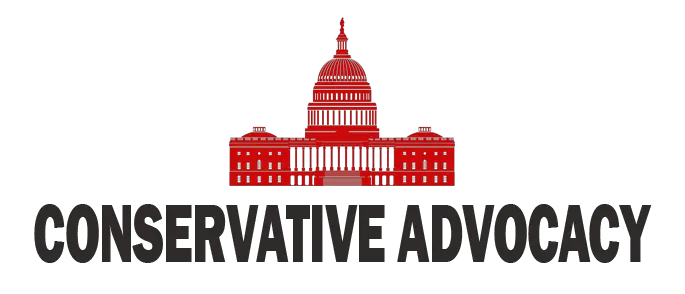The Biden-Harris administration’s “parole pipeline” is operating at full throttle, ushering in a staggering 1.4 million migrants to various American towns and cities. This number surpasses the narrow margins of victory in key swing states from this year’s election, raising eyebrows and concerns across the board. It seems like while some citizens are busy voting, the administration is busy filling their states with newcomers.
The Department of Homeland Security’s latest numbers show that this influx of migrants is not slowing down anytime soon. Month after month, tens of thousands of migrants have been flowing into the U.S. via the southern border and commercial flights. The “CBP One” app, touted as a high-tech solution to the border crisis, is just one part of this equation, allowing migrants from Cuba, Haiti, Nicaragua, and Venezuela to schedule their journey into the heart of America.
Biden-Harris Parole Pipeline Imports Migrant Population Exceeding Swing State Margins of Victory in Election https://t.co/jurHjDA9xv
— John Lichtenberger (@AdvertisingLaw) November 21, 2024
During the first nine months of 2023 alone, about 1.4 million migrants have crossed into the United States through this system. For context, the number of newcomers arriving here exceeds the total vote margins seen in key battleground states such as Arizona, Georgia, and Wisconsin – states that suddenly appear like political pawns in a much larger game. The fact that fewer than 200,000 votes decided the fate of a state like Arizona starts sounding a bit concerning when juxtaposed with the tidal wave of new residents.
Of the migrants entering under the app system, the majority hail from Venezuela, Cuba, Mexico, and Haiti. They’re stepping off flights like it’s a holiday getaway, scheduled through an app designed to streamline their entrance into the country. Meanwhile, the CHNV program, despite being temporarily derailed by widespread fraud, has still managed to bring over half a million migrants here, further inflating those astounding figures.
The sheer size of this new migrant population has raised eyebrows for another reason: it surpasses the resident populations of a number of states, including Wyoming and Vermont. When communities suddenly double in size—not by birth rates but by policy decisions—it becomes a hot topic, especially for those who might prefer to see resources allocated to those already living here. The implications of this mass migration are huge, not just for the individuals involved, but for the fabric of American society and the political landscape as well.




